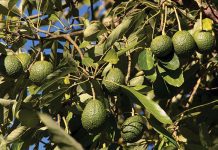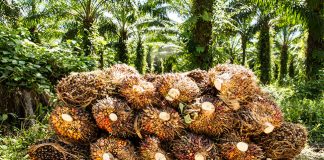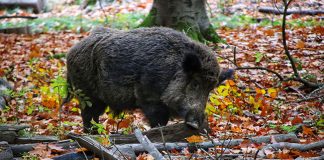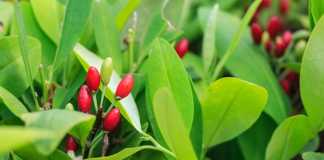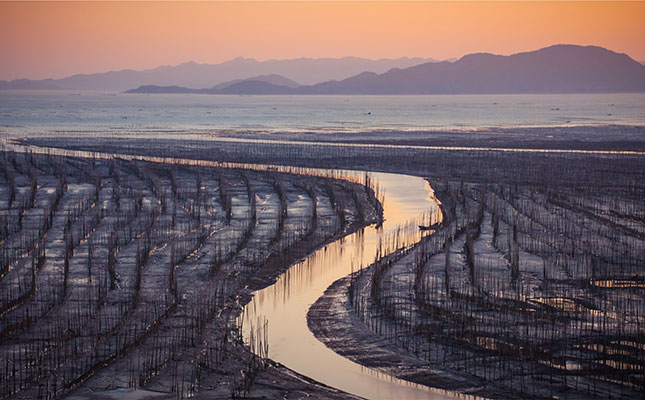
Photo: Pixabay
The global agriculture sector has been undergoing a radical transformation in recent years, and researchers around the world are increasingly looking at alternative farming opportunities, such as seaweed farming and other mariculture operations.
According to the ScienceDirect.com website, mariculture is a specialised branch of aquaculture, involving the cultivation of marine organisms for food and other products in the open ocean, an enclosed section of the ocean, or in tanks, ponds or raceways, which are filled with seawater.
Seaweed farming is a growing industry around the world, and is currently worth over US$6 billion (about R100 billion) globally.
The global production of macroalgae, such as seaweeds, has now surpassed 30 million tons a year, with nearly all coming from Asia.
European production was only now starting to develop, currently contributing only around 1% to global figures, and mostly coming from the harvesting of wild stocks, according to the ]Food and Agriculture Organization of the United Nations (FAO).
According to senior scientist at Aarhus University in Denmark, Annette Bruhn, because labour was really expensive in Europe, major efforts to upscale mechanisation was needed to increase yields and decrease the costs of seaweed farming, thereby making it viable, a recent report on TodaysHeadline website said.
Analysts predicted that the seaweed industry could double in the next few years as farms expanded in China, Indonesia, the Philippines, South Korea, Norway, Canada and the US.
With biologically sustainable fish stocks falling from 90% in 1974 to 65% in 2017, according to the FAO, more and more producers were also looking at other marine resources to generate income.
Off the coast of Florida in the US, farmers had started investigating new marine crops such as Salicornia (sea asparagus). In a recent trial in the state, it took just 10 weeks for the sea asparagus in the study to add 1kg in weight.






